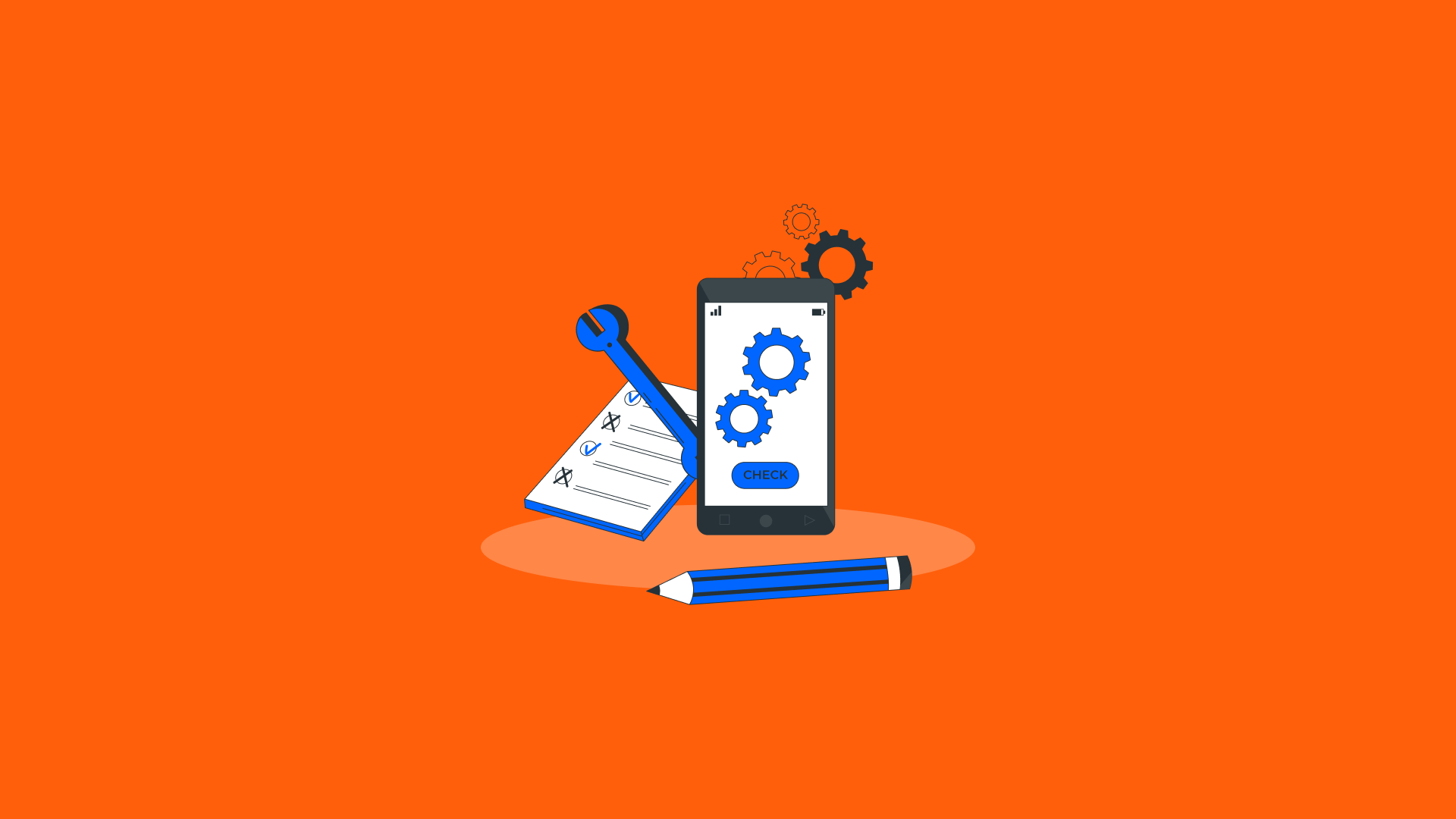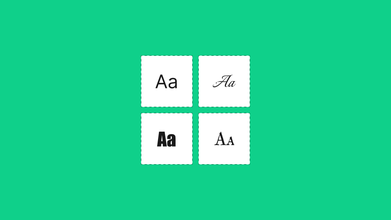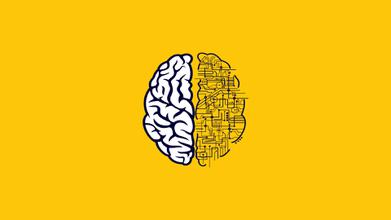Top 5 UX Testing Tools
Feb 16, 2022 7984 seen
What are usability testing tools?
The number of usability testing tools is constantly increasing due to the fact that users choose between two websites, apps, or products. In fact, a negative user experience can easily "kill" the customer base and significantly shorten the bounce rate of your website.
Each usability tool has its own strengths and characteristics that make it difficult to stop at either. I often use six tools for different projects, which I decided to tell you about.
However, it is also important to note that usability testing can be performed without the use of a dedicated tool. If you want to conduct qualitative, in-person usability testing, all you need is a prototype or product to show your test participants. The goals of this type of usability testing are straightforward: observe how users complete the tasks you've prepared and note any pain points or difficulties they've encountered.
Usability testing tools are solutions that help to speed up the usability testing process and collect actionable insights into how people perceive and experience your product. They can assist you in putting your prototype or website in front of real users, allowing you to see how they complete a given task and identify potential pain points. The ultimate goal is to access and track user feedback more quickly and efficiently and then analyze that feedback to make data-informed decisions and provide the best user experience possible.
Usability testing tools have their own set of use cases, functionalities, and price points. The majority of them provide remote, moderated, and unmoderated usability tests, as well as screen recording, interviews, surveys, and a variety of other features.
So, we have gone through several UX testing tools and created a list of the top 5 tools. If you're looking for a tool that can help you test how user-friendly your product is but don't know where to start, this list is for you.
1. Userlytics
Userlytics is the ideal remote user testing platform for recording user interactions with a website, mobile app, or prototype. This tool captures the user's facial expressions and audio commentary as they test your asset using picture-in-picture remote testing software, providing a complete picture of how they respond and react to your asset in real-time.
To get started with Userlytics, no hardware or complicated setup is required. It's a great way to quickly and cheaply identify the frustrating points in your mobile app or why users do what they do on your website.
2. Maze
Maze is a rapid testing platform that collects both qualitative and quantitative usability data in one location. Maze integrates directly with Adobe XD, Figma, InVision, Marvel, or Sketch, and you can import an existing prototype from the design tool you're using. Maze allows you to create and run in-depth usability tests, which you can then share with your testers via a link. Its usability testing solution includes some features, including task analysis, multiple path analysis, heatmaps, A/B testing, guerrilla testing, wireframe testing, and more.
Maze Discovery enables you to conduct research surveys and gather user feedback early in the design process.
3. Usertesting.com
Customer experience (CX) solutions are provided by UserTesting for designers, product managers, marketers, and executives. Their platform allows you to see, hear, and speak to customers as they interact with websites, apps, or prototypes.
Insight Core is a platform toolkit for creating and managing custom user research and tests. UserTesting has a variety of features, such as Product Insights, which provides pre-formatted tests and same-day video interviews to help you get real customer feedback quickly. Another Marketing Insight assists you in developing better marketing content and campaigns by testing your messages with actual customers.
Users particularly appreciate UserTesting's pre-formatted tests, which allow them to get up and running quickly, as well as the Live Conversation feature, which allows them to recruit and schedule live interviews on the same day.
4. UsabilityHub
UsabilityHub is a remote user research platform that enables you to conduct various research tests and identify usability issues. The UsabilityHub platform is best known for the variety of tests that can be run on it. First-click tests, design surveys, preference tests, and five-second tests can all be set up and run. Furthermore, they have an on-demand participant panel with over 170,000 testers. You can also invite your users to participate in the test.
UsabilityHub is particularly well-liked for how simple it is, particularly for a single user. Click visualizations, open text analysis, task duration metrics, and other features are available in their reporting.
5. Userfeel
Userfeel is a usability testing tool that provides you with real-time videos of users completing tasks. You can create a list of tasks for your website's tests to complete, define your target audience, and then collect user-recorded videos.
For tests on mobile, desktop, and tablet, multilingual testing is available in 40 languages. Their panel of 90,000 users can be filtered by demographic criteria such as age, country, language, level of web experience, and so on.
Conclusion
Usability is now a primary concern in all digital products. Indeed users from all walks of life are no longer willing to put up with poor usability for any reason. Today, poor usability denotes a short-lived product. This is where usability testing tools come into play. You'll select one tool or the other based on your product, the size of your team, and the goal you're attempting to achieve. While each of these usability testing tools has its distinct personality, they all serve the same purpose: they are here to help you communicate in the same language as your users.


